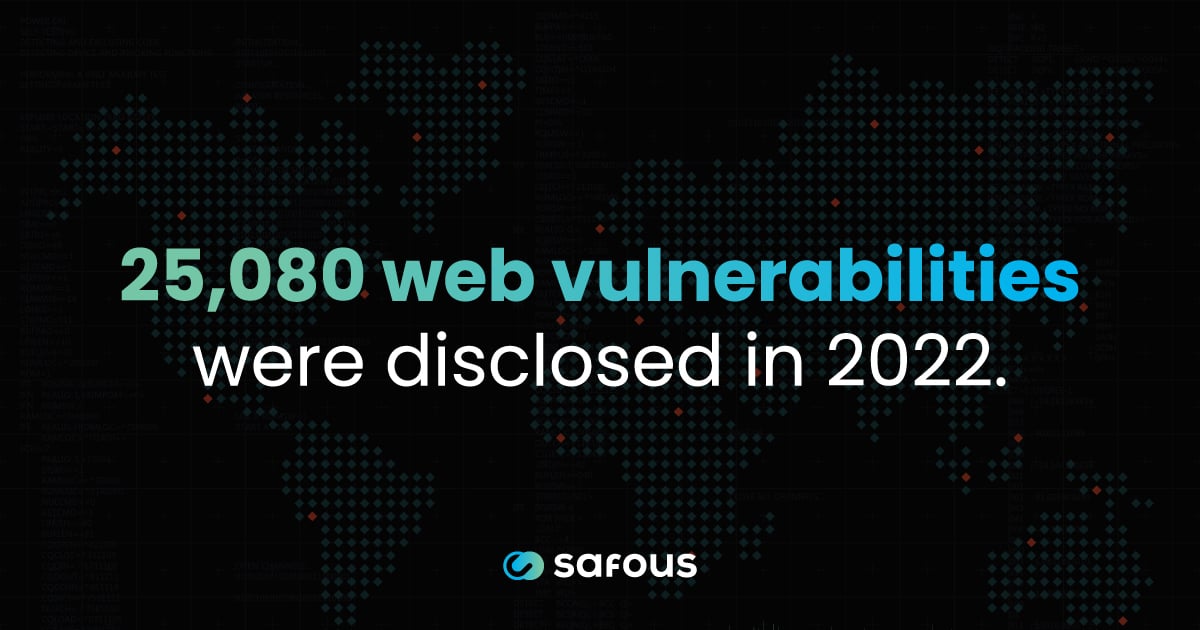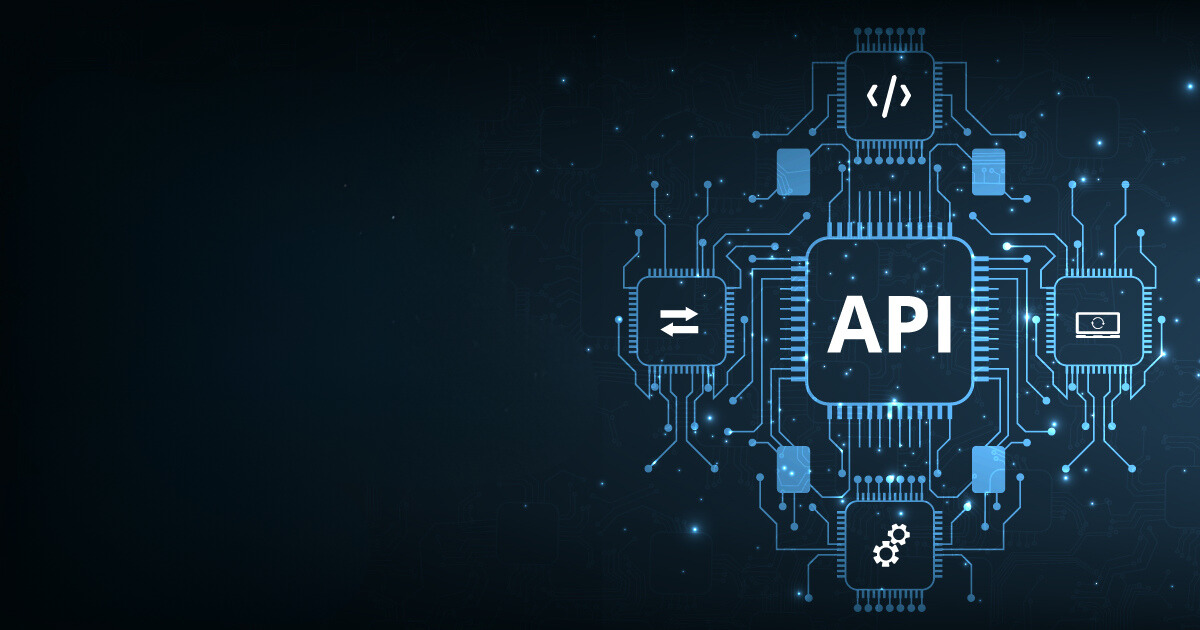WAAP to the Rescue: Why Is It Better Than WAF?
Attacks targeting web applications and the APIs used to develop them are on the rise, so today's businesses need enterprise-level security more than ever. In the past, implementing a web application firewall (WAF) was enough to secure the corporate network from most web-based attacks. But as app development becomes more complex, bad actors are finding innovative new ways to exploit them – and WAF technology can't keep up.
A recent survey found that 53% of organizations have experienced a data breach due to compromised APIs.1 To defend against the evolving threats targeting APIs and web apps, developers are looking to WAAP (web application and API protection) as the modern solution for securing critical applications.
Read on to learn why traditional security solutions like web application firewalls aren't enough to secure your applications, why more businesses are turning to WAAP tools for web application and API security, and how you can get started with WAAP today.
What Is WAF?
A web application firewall is a reverse-proxy server that inspects web application traffic to identify and block potentially malicious requests before they can cause any harm. WAF technology is useful in securing against familiar threats and common attacks, such as SQL injection attacks, cross-site scripting (XSS), and remote file inclusion.
What Is WAAP?
WAAP refers to a collection of cloud-based security measures that protect web apps and APIs from cyberattacks. WAAP integrates multiple tools, including next-generation WAF, DDoS countermeasures, API security, and advanced bot protections, to safeguard against even the most complex web exploits.
How Does WAAP Work?
WAAP solutions combine several security measures to protect web apps and APIs from attacks. While the specific implementation may vary depending on your provider, here's a general overview of how WAAP works:
Threat Detection and Prevention
WAAP tools combine security techniques like rule-based filtering, anomaly detection, and behavior analysis to detect malicious activities including API abuse and other application-layer attacks.
Next-Gen WAF
WAAP solutions include next-generation WAF functionality, which is a more sophisticated version of traditional web application firewalls. These cloud-based WAFs leverage advanced technologies, like machine learning (ML) algorithms and behavioral analysis, to identify new attack patterns and adapt to evolving threats.
API-Specific Protection
WAAP offers features specifically designed to protect APIs, such as authentication and authorization mechanisms like OAuth or API tokens. Many can also validate API inputs to properly handle sensitive data in API responses.
Bot Mitigation
WAAP solutions detect and block malicious bots and automated attacks using techniques like CAPTCHA challenges, device fingerprinting, and behavioral analysis to distinguish between legitimate users and bots.
DDoS Countermeasures
WAAP tools can detect and mitigate DDoS attacks, which disrupt web applications and APIs by overwhelming servers with malicious traffic. These DDoS countermeasures block web traffic at the network edge to ensure availability and uninterrupted service.

Why Is WAAP Better Than WAF for Web Security?
Web application firewalls have been the standard for securing organizations from website attacks for decades. But as web app development becomes more complex, so do attack vectors. Web application firewall technology simply can’t keep up.
Here's how WAAP stacks up against WAF solutions to help organizations address the biggest challenges web app developers face today:
Signature-Based Detection
Web application firewall solutions rely on signatures, which contain patterns of known attacks, to identify and block malicious activities. When an attacker targets a web application using a common attack vector, such as SQL injection, the WAF detects the attack pattern and applies the correct policies to mitigate it. Using signature-based security policies makes it easy for WAF providers to update signatures when new attacks are discovered.
Since attacks targeting web applications change constantly, trying to combat them with signature-based detection alone isn't enough. WAAP solutions incorporate advanced threat detection techniques to identify new and unknown attack patterns that may not have specific signatures. They identify suspicious activities that may indicate an attack by analyzing malicious traffic patterns, user behavior, and application context.
Bot Management
Malicious bots accounted for over 30% of all internet traffic in 2022.2 But because bots don't follow the attack patterns WAF solutions were created to identify, relying on web application firewall tools alone isn't enough to prevent bot attacks.
Bots don't have attack signatures or target known vulnerabilities, so IT teams must create one-off security rules to address attacks after they’ve already happened. However, bots can evolve to bypass these rules, rendering WAF policies ineffective.
WAAP protects web applications and APIs in real-time, which is critical for combating malicious bots. They leverage threat intelligence, ML algorithms, and automation to differentiate between bot and human traffic and ensure only legitimate traffic passes through to your applications.
HTTP Complexity
Attackers often take advantage of HTTP traffic complexity to hide malicious content in web application requests. Many companies use intrusion detection systems (IDS) and intrusion prevention systems (IPS) alongside WAF solutions to continuously monitor for threats, but these tools can't readily identify and protect against attacks that leverage HTTP complexity.
WAAP solutions are built to handle the intricacies associated with the HTTP protocol. By checking incoming HTTP requests and outgoing responses, they can identify potentially harmful traffic, ensure compliance with protocol specifications, and prevent vulnerabilities.
Positive Security Model
Traditional web application firewalls enforce a negative security model, which defines what isn't allowed while implicitly allowing everything else. Since new attacks and zero-day vulnerabilities are discovered daily, application security teams must constantly update WAF policies to account for new vulnerabilities – and many struggle to keep up.
In contrast, WAAP solutions can contribute to a positive security model, which defines what is allowed and rejects the rest. The WAAP assumes all web traffic is untrusted unless it meets predefined criteria for being considered safe, compensating for many of the negative security model’s weaknesses.
Encrypted Traffic Inspection
Around 81% of all web traffic uses TLS encryption,3 which is designed to keep sensitive customer data private. Unfortunately, TLS encryption also makes it difficult for WAF solutions to detect malware hiding in encrypted traffic.
WAAP solutions can inspect TLS connections to identify any malicious web traffic. They do this by decrypting the traffic before examining it, applying security controls, re-encrypting it, and forwarding it to the web server. This maintains end-to-end encryption between the client and the WAAP solution, and also between the WAAP solution and the web server.
Why Is Web App and API Protection Important?
Web applications are essential for providing consumers with engaging digital experiences, but they also expose organizations and sensitive data to an increasing number of cyber attacks and web exploits. This is because developers rely on public-facing APIs to build web applications, which expand the attack surface with new entry points for attackers to exploit.
There were 25,080 vulnerabilities disclosed in 2022,4 and thousands more are discovered each year. Implementing web application and API protections can help developers:

Mitigate API-Specific Risks
API-specific security threats have risen over the past several years. Today's most common API risks include broken authentication and authorization, security misconfiguration, injection flaws, and insufficient logging. Implementing tools to mitigate these threats can help prevent breaches, protect against data leakage, and ensure reliable API interactions.
Adapt to Emerging Threats
Web application and API security threats constantly evolve as attackers develop new techniques. WAAP measures incorporate advanced technologies designed to keep up with these changing threats, including behavior analysis and machine learning, to help businesses proactively defend against new attack vectors.
Comply With Regulatory Requirements
Many industries have specific compliance requirements, such as Payment Card Industry Data Security Standard (PCI DSS), Health Insurance Portability and Accountability Act (HIPAA), or General Data Protection Regulation (GDPR). Implementing WAAP tools can help organizations meet these and other web application security compliance requirements and avoid potential penalties.
Replace Your Outdated WAF Solution With Safous WAAP Today
Traditional WAF solutions can't defend against the latest threats and vulnerabilities targeting web applications and their associated APIs. Luckily, WAAP is here to save the day.
WAAP solutions are designed to specifically address the unique security challenges developers face with web-based applications and APIs, like parameter tampering or API scraping. With the WAAP service in place, organizations can have peace of mind knowing their corporate network isn't vulnerable to the many threats web applications and APIs face daily.
Not all WAAP solutions are created equal, however. Safous WAAP hides API endpoints from the public internet using a zero-trust access approach, freeing developers from vulnerability risks and zero-day attacks that are inevitable with existing WAAP solutions.
As the world's first API protection designed to leverage zero-trust access technology, Safous WAAP enables your security team to add WAAP functionality, including DDoS countermeasures and next-gen WAF, for less than half the price of a solution from other providers.
Request a demo today to get started with Safous WAAP – and rest easy knowing your web services are secure.
Sources:
- https://venturebeat.com/security/data-breaches-api
- https://www.imperva.com/blog/2023-imperva-bad-bot-report-key-learnings
- https://www.businesswire.com/news/home/20220526005152/en/Gigamon-Releases-%E2%80%9C2022-TLS-Trends-Research%E2%80%9D-Based-on-1.3-Trillion-Network-Flows
- https://www.tenable.com/blog/mind-the-gap-a-closer-look-at-the-vulnerabilities-disclosed-in-2022
Receive the latest news, events, webcasts and special offers!
Share this
You May Also Like
These Related Stories

What Is WAAP, and Why Is It Important?

How ZTA and WAAP Solutions Work Together To Secure Your Business





